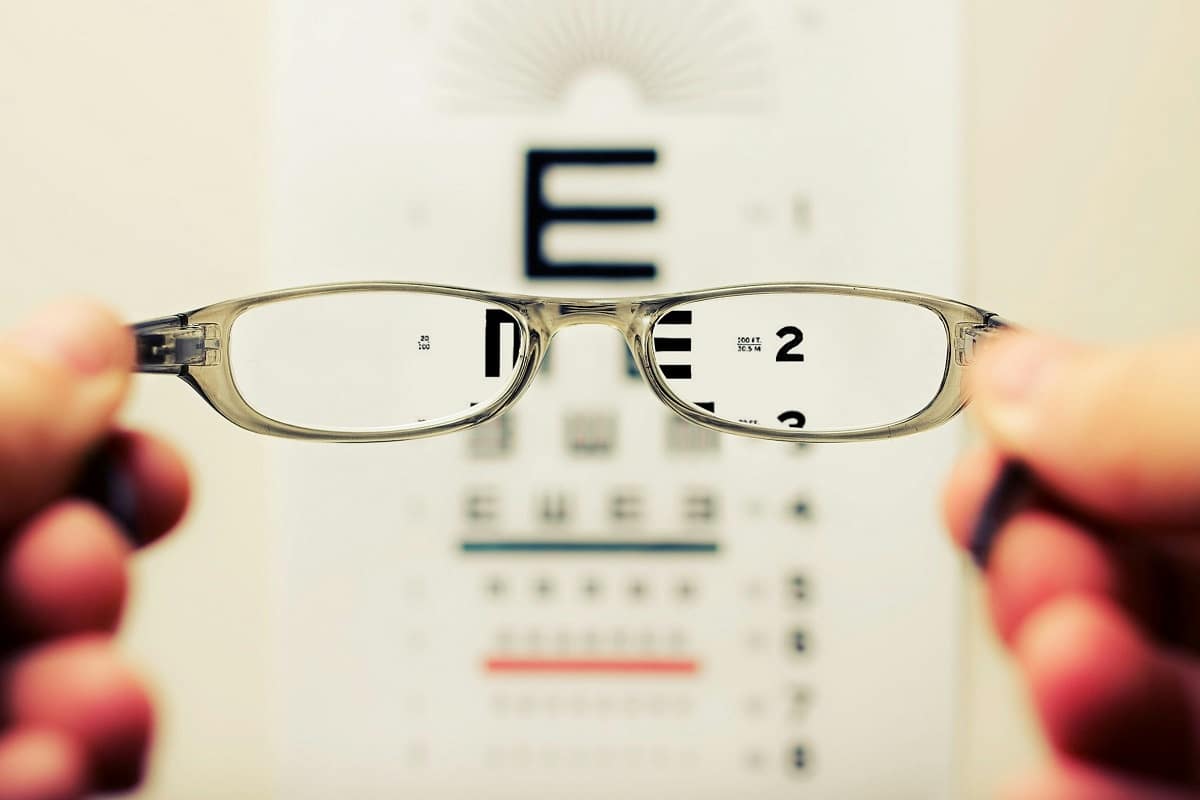- Eye Wear
BOOK ONLINE NOW
BOOK ONLINE NOW

Whether you’re buying your first pair of specs or upgrading an old prescription, choosing the right lenses is even more important than picking the perfect glasses frames.
With so many lens options available today, it’s easy to feel overwhelmed – but we’re here to help you make the choice that’s right for you!
So, if you’re contemplating single vision vs multifocal vs blended lenses but are confused about the differences – read on.
Choosing the right lenses isn’t one-size-fits-all – your specific vision needs play a vital role. For example, someone struggling to see things up close due to age-related changes (known as presbyopia) may benefit from lenses that offer multiple focus zones.
In contrast, if your vision is blurry only at a distance or up close, a single-vision lens might be all you need.
Research has found that the right type of lenses in glasses has a positive impact not only a person’s vision, but also their quality of life (1).
Single vision lenses are for people who need correction for just one field of vision – whether it’s distance (eg driving), near (eg reading), or intermediate (eg computer work). They’re commonly prescribed for myopia (short-sightedness), hyperopia (long-sightedness), or presbyopia (age-related near vision loss).
Patients with astigmatism (irregularly shaped cornea which reduces the eye’s ability to focus light) may also benefit from single-vision glasses – generally fitted with cylindrical or spherocylindrical lenses, which disperse light in one direction and help correct the blurry vision.
Single vision spectacles are often considered a simple, affordable option that is easy to get used to. However, as they only correct one vision range, you may need multiple pairs.
Bifocals are the original multitaskers! These are often prescribed for people who need help with both distance and near vision, especially those over 40 experiencing presbyopia.
Bifocal lenses are divided into two segments:
While bifocals can be a handy two-in-one solution, you can generally see a visible line between the two segments, which can take some getting used to. Some wearers also report finding the jump between zones a bit abrupt.
Similar to bifocals in design and function, trifocals are designed for people who need correction at three distinct distances – near, intermediate, and far. They’re often used by those with advanced presbyopia, offering clear vision at all ranges without switching glasses. There are however visible segment lines to adjust to.
If you’re after something a little more seamless, multifocals may be a good option. These lenses allow you to see clearly at multiple distances – near, intermediate, and far – without needing to switch between glasses.
There are a variety of different types of multifocal lenses, including:
Still summing up bifocal, multifocal or any of the other lens options? Book an eye test at Aphrodite Livanes and have a chat with our experienced optometrists – we’ll help you find the right lenses for you.
References:
© 2025 Aphrodite Livanes Optometrist Brisbane: Eye Care Plus. All rights reserved.
